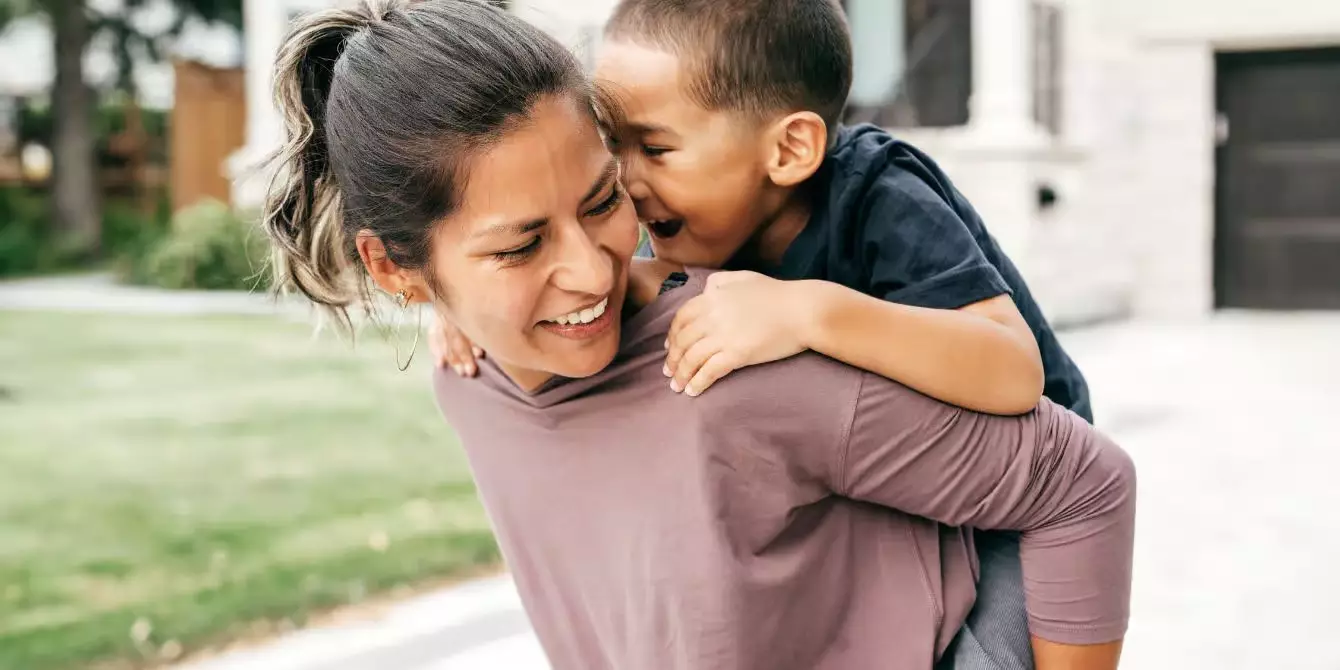Emotional courage is a profound, often underappreciated quality that empowers individuals to face their feelings with authenticity, even in times of adversity. It challenges the conventional wisdom that emotions, particularly “negative” ones like sadness, fear, or vulnerability, should be suppressed or concealed. Instead, emotional courage urges us to embrace our feelings wholeheartedly, framing them as invaluable instruments for personal growth and interpersonal connection. This concept is particularly timely in an era that increasingly values vulnerability as a strength rather than a weakness.
A Cultural Shift in Understanding Vulnerability
Brené Brown, a leading voice in the field of emotional intelligence, has significantly contributed to changing how we perceive vulnerability. In her seminal works, she defines vulnerability as a state that includes uncertainty, emotional exposure, and risk. Far from being a sign of weakness, Brown posits that vulnerability is the truest measure of courage. This perspective invites us to reconsider our attitudes toward emotional expression—not as frailty but as a potent tool for connection and resilience.
In a world that often equates strength with stoicism, emotional courage asks us critical questions: Are we willing to present our true selves, even when the outcomes are beyond our control? Are we ready to cultivate environments—both in our homes and communities—where individuals can be fully seen and heard? This inquiry takes on greater urgency when we reflect on longstanding societal norms that encourage emotional suppression, especially in children.
Emotional Courage in Parenting
The heritage of “boys don’t cry” and the social stigmas tied to displaying emotions are legacies we must combat. Children today deserve an upbringing that dismantles these outdated beliefs, fostering not just acceptance of their feelings but celebration of them. To instill emotional courage in children, we need to equip them with tools to navigate the complex landscape of their emotions—tools that are grounded in curiosity and understanding. These include recognizing that sensitivity is not a flaw but a profound strength that enables deeper connections with others.
As caregivers, we must prioritize teaching our children to embrace their emotional experiences without judgment, fostering an atmosphere where expressing feelings is encouraged. Emotional courage nurtures a wellspring of resilience that can guide children through life’s inevitable tumult. This courage equips them to respond to tough situations not with avoidance or anger but with understanding and strength.
The Core Beliefs Behind Emotional Courage
At its essence, emotional courage is about cultivating a fundamental belief in vulnerability and loveability. It is through this lens that we can redefine bravery—not as a facade of toughness but as an openness to experience life in its fullest range. True courage lies not in repression but in the willingness to confront discomfort. The teachings of emotional courage challenge us to embody a type of strength that is soft, sincere, and connected, encouraging children to be resilient in the face of adversity.
Parents play a crucial role in modeling emotional courage. Societal norms may encourage emotional stoicism, but it is our responsibility to show that embracing feelings—a mix of joy, sadness, anger, and vulnerability—is an integral part of being human. By navigating difficult conversations and emphasizing emotional regulation, we set the groundwork for a new generation that sees strength as multifaceted and inclusive.
Practical Steps for Cultivating Emotional Courage
To foster emotional courage in ourselves and our children, we must first acknowledge our emotional landscapes. Here are some actionable steps to begin this transformative process:
1. Acknowledge Your Feelings: Recognition is the first step to embracing emotions. Encourage yourself and your children to vocalize and validate feelings.
2. Practice Acceptance: Emotional bravery requires us to accept our feelings as they come. By labeling our emotions honestly, we allow ourselves to navigate through them.
3. Let Go of Perfectionism: Life is inherently messy, filled with errors and emotional upheaval. Releasing the need for perfection liberates us to engage authentically with our imperfect experiences.
4. Listen Actively: Practice extending compassion not only to self but also to others. Listening to the feelings of others with curiosity helps cultivate empathy and deeper understanding.
5. Create Safe Spaces for Emotion: Establish environments—both at home and in broader social circles—where emotions can be expressed freely without judgment. Encouraging open discussions about feelings cultivates emotional intelligence.
Emotional courage is best cultivated through direct experience; it isn’t enough to simply instruct children—we must embody this courage ourselves. Ultimately, nurturing emotional courage is a journey rather than a destination. It invites us to stay committed to a path of ongoing emotional exploration and growth, fostering not only our personal resilience but also the ability to connect deeply with others along the way.

